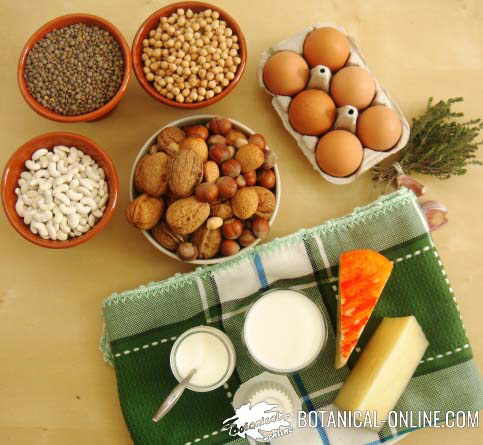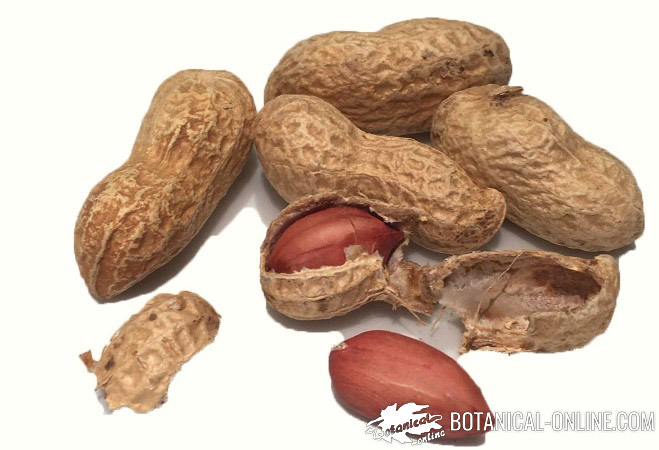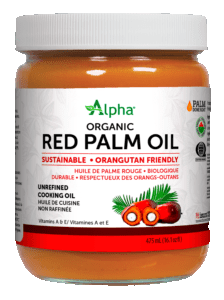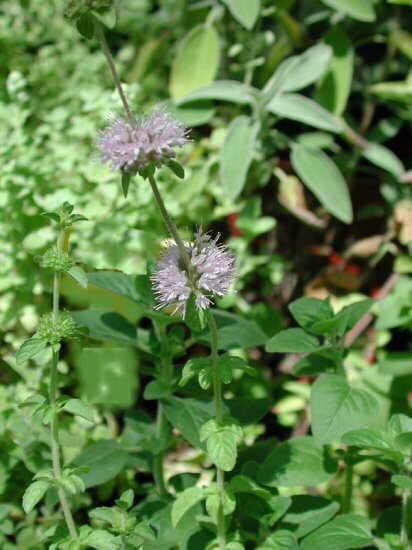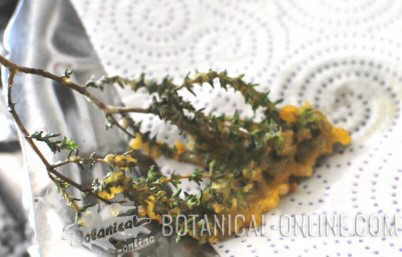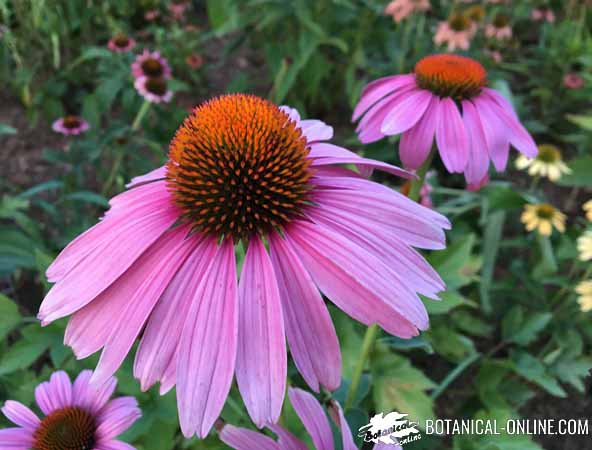Contents
Orach characteristics
What is an orach (Atriplex hortensis)?
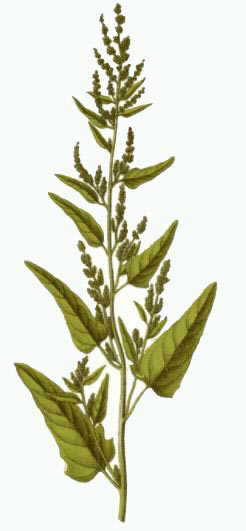
– Common English name: arrach, garden orache, red orach, mountain spinach, French spinach
– Scientific name: Atriplex hortensis L.
– Family: Amaranthaceae
– Distribution: temperate zones of Asia and Europe, including the United Kingdom. Introduced and naturalized in the United States and Canada.
– Origin: plant originally from the ancient Tartary, which covered the current territory of Central Asia and the south-eastern tip of Europe. Introduced throughout the European continent since time immemorial, where it is still a very common plant.
Habitat. Where to find orach?
Orach is a common weed in Europe. It grows in orchards, fields, margins of roads and uncultivated lands, in full sun. Also cultivated as a vegetable.
Description of orach
Atriplex hortensis is an annual herbaceous plant of the Amaranthaceae family, the same botanical family to which the amaranth belongs.
The plant has an erect and branched stem, glabrous, is fast growing and can reach up to 2 meters in height.
Orach leaves are triangular, with sinuous or jagged edges, supported by a petiole that becomes shorter and shorter in the upper leaves of the plant.
The stem and leaves are yellowish or reddish green. There are two varieties of armuelle: the green variety (var. Purpurea) and the red variety (var.
How are orach flowers like?
Flowers are gathered in inflorescences , in the form of panicle, in the axils of the leaves. they consist of numerous , tiny and not very showy flowers. The plant is monoecious and has male and female flowers. It blooms in summer, from July to August.
The fruit is a rounded achene, 2-4mm. of diameter and of reddish or blackish color. Seeds mature in September.
Used parts
- Leaves of the plant
- The seeds are toxic for man and are not consumed.
Uses of orach
Orach has medicinal, food and coloring uses. Among these, the most widespread use of the plant is as edible wild plant, having been used, in the not too distant past, similar to spinach.
Orach as a natural remedy
This plant has been used as antirheumatic, emetic, diuretic, laxative and emollient. The infusion is used to treat sore throat.
The seeds were used in antiquity as a purgative and for jaundice.
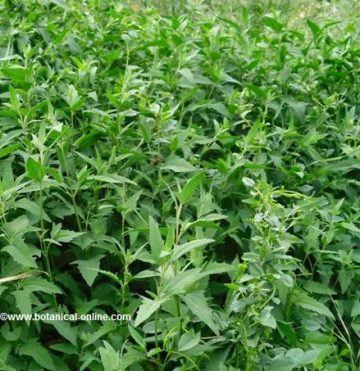
Orach food uses
Orach was an edible wild plant very consumed in antiquity. It is cooked boiled with salt and olive oil, as a spinach.
It is an example of a vegetable that was formerly consumed by necessity and that, over time, has been displaced by more productive vegetables in the markets. Young plants continue to be used as vegetables in northern China.
Other uses of orach
- A blue dye is obtained from the seeds.
- They have also been used for animal fodder, although their content in saponins limits their use (anti-nutritive component with hemolytic factors).
- It is a good biomass substrate.
- Scientific studies value this crop as a heavy metal extract plant (selenium) from the soil.
Composition of orach
The recent bibliography is focused on the comparison of the nutritional value of orach with spinach.
Studies report that the plant has a high protein content compared to other vegetables. It is a vegetable rich in fiber, which gives it slightly laxative properties.
Nutritional analysis shows that orach has a content similar to spinach in terms of minerals, such as calcium, potassium, magnesium, copper and manganese.
It is very rich in phenolic compounds with antioxidant action. It also contains other antioxidants such as vitamin C, carotenoids and some natural pigments called betalains.
Its content of iron and zinc is lower than in the spinach.
Is orach a safe vegetable?
Like other vegetables such as Swiss chard or spinach, it contains oxalates. To eliminate part of these components it is advisable to boil the vegetables before consuming them or add them in stews and soups (discard the cooking water).
The leaves contain saponins, which are distinguished by the foam that forms in the cooking water. It is not advisable to eat vegetables with saponins too often.
![]() More information on orach
More information on orach


